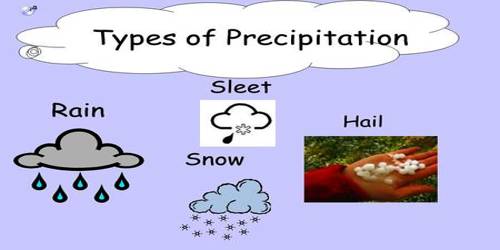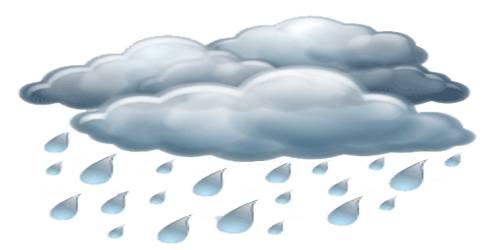Precipitation: Showering of the raindrops, snow, or hailstones from the clouds onto the surface of the earth. Rainfall, snowfall, cloudburst, and hailstones are forms of precipitation. It means rain, snow, frozen rain, or hail that falls to or condenses on the ground.
Precipitation is water released from clouds in the shape of rain, freezing rain, hail, snow, or frozen rain. It is the main association inside the water sequence that gives for the convey of atmospheric water to the Earth. Maximum precipitation falls as rain. It takes place whilst a part of the atmosphere will become saturated with water vapor so that the water condenses and “precipitates”. Therefore, fog and mist aren’t precipitation but suspensions, because the water vapor does now not concentrate adequately to precipitate.

Precipitation is a main factor of the water sequence and is dependable for depositing the fresh water on the planet. Approximately 505,000 cubic kilometers (121,000 cu mi) of waterfalls as precipitation each year; 398,000 cubic kilometers (95,000 cu mi) of it over the oceans and 107,000 cubic kilometers (26,000 cu mi) over land. Given the Earth’s exterior part, that means the worldwide averaged yearly precipitation is 990 millimeters (39 in), but over land, it is simply 715 millimeters (28.1 in). Climate categorization systems such as the Köppen climate classification method apply regular yearly rainfall to facilitate differentiate between differing climates regimes.















